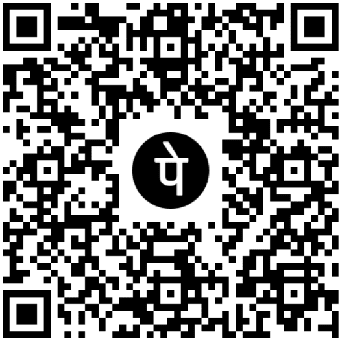قراءة المزيد
History
"This path is eternal. All gods and humans have been born and progressed through this path. O men, do not destroy your mother as the basis of your birth.
Sanatan Dharma, also known as Hinduism or Vedic Religion, has a history of 1980853110 years. Indus Valley Civilization of India (and modern Pakistani territory) has many symbols of Hinduism. Among these are the statues of an unknown mother goddess, the postures of a deity like Shiva Pashupati, linga, worship of Peepal, etc. are prominent.
According to a view of historians, during the end of this civilization another caste came from Central Asia, who called themselves Aryans and spoke a Sanskrit called Indo-European language. But no proof of this has been made available anywhere. Even there is no evidence of this in any Vedas including the Rigveda of that period. This is just a blank lie spread. Whereas the truth is that the people of Indus Valley Civilization were Aryans themselves and their original place was India.
In ancient times, there were five sects in Indian Sanatana Dharma called Gānapatya, Shaivadeva: Koti, Vaishnava, Shakta and Saura. Ganapatya worshiped Ganesha, Vaishnavism of Vishnu, Shaivadeva: Koti worshiped Shiva, Shakta Shakti and Solar Sun. But it was believed that all are interpretations of the same truth. This is clearly stated not only in the Rigveda but also in popular texts like Ramayana and Mahabharata. The supporters of each sect considered their deity to be greater than the deity of other sects and for this reason there was disharmony among them. In order to maintain unity, the religious leaders started teaching people that all the gods are equal, the gods and goddesses like Vishnu, Shiva and Shakti are also devotees of each other. These teachings matched their three sects and originated the Sanatan Dharma. In the Sanatan Dharma, Vishnu, Shiva and Shakti were considered equal and the supporters of all three sects started accepting this religion. All literature of Sanatan Dharma has been composed in Sanskrit language like Vedas, Puranas, Shruti, Smritis, Upanishads, Ramayana, Mahabharata, Gita etc.
Later, due to the rule of Muslims in India, the Sanskrit language declined and Sanaatan religion began to decline. To rectify this situation, the scholar Saint Tulsidas protected Sanatan Dharma by composing religious literature in the prevailing language.
When the colonial British rule needed to conduct a census for comparative study of believers of Christian, Muslim etc. religions, because they were unfamiliar with the word Sanatan, they named the religion here Hinduism instead of Sanatan religion.
'Sanatan Dharma' is the real name of Hinduism.
The form
"Truth" is made up of two metals Satta and Tatta. This means Sat and Tat means that. Both are true. Ego Brahmasmi and Tattvamsi. That is, I am the Brahman and you are the Brahman. This entire world is cosmic. Brahma is complete. This world is also complete. Purna Jagat has its origin from Purna Brahm. There is no inferiority in the perfection of Brahm even when the whole world is created from the complete Brahman. He remains complete even in the remaining form. This is the eternal truth.
In view of the kernels of Sanatan Dharma, it is sometimes considered difficult and difficult to understand. However, the truth is not so, yet it has so many dimensions, so many aspects that people often get confused about it. The biggest reason is that Sanatana Dharma is not the product of the views of any one philosopher, Manisha or Rishi, nor was it born at any particular time. It has been flowing and evolving since time immemorial. Also, it does not even give preference to just one vision, theory or logic.
way
When science evaluates every object, idea and element, in the process, many beliefs and principles of religion collapse. Science has not yet succeeded in capturing the eternal truth, but science seems to be gradually agreeing with the glory of the eternal truth mentioned in Vedanta. Our sages and sages had expressed it clearly by knowing the mystery of Brahma, the universe and the soul in a deep state of meditation and salvation. It was in the Vedas that the significance of Brahma and the mystery of the universe was first removed by revealing the notion of 'Moksha' and its importance was explained. Without salvation, there is no movement of the soul, that is why the sages have considered the path of salvation as the eternal path.











0 Reviews
Please do not enter any spam link in the comment Box